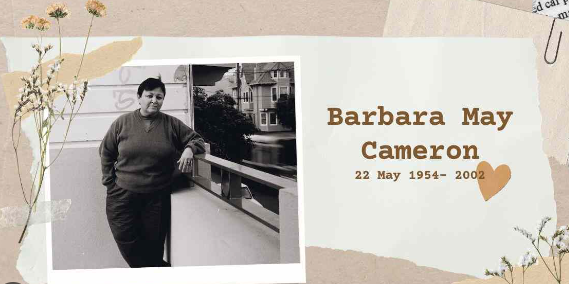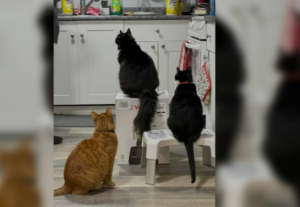Barbara May Cameron: A Beacon of Native American Representation

Barbara May Cameron, born in 1954 in Fort Yates, North Dakota, was not just a photographer; she was a storyteller, activist, and a beacon of hope for the Native American community. Her lens captured the essence of her people, their struggles, and their triumphs, making her one of the most influential Native American photographers of her time.
Also Read:- Don Zietlow: The Journey to Wealth and Beyond
Early Life and Inspirations
Growing up on the Standing Rock Reservation, Cameron was deeply rooted in her Lakota and Hunkpapa heritage. The vast landscapes, the rich traditions, and the stories of her ancestors surrounded her. However, it was the contemporary struggles of her community, from land rights to cultural preservation, that deeply moved her.
Inspired by these challenges, Cameron took up photography as a medium to document and share the stories of her people. Her early works were raw, unfiltered glimpses into the lives of Native Americans – a perspective that was often overlooked or misrepresented in mainstream media.
Pioneering Work in Photography
Cameron’s photographs were more than just images; they were narratives. Each frame told a story of resilience, identity, and the undying spirit of the Native American community. Her subjects ranged from everyday life on the reservation to significant cultural events and ceremonies.
One of her most iconic series showcased the International Pow Wow, an event that celebrated the unity and diversity of indigenous tribes. Through her lens, viewers could feel the pulsating energy of the dances, hear the rhythmic beats of the drums, and sense the pride of the participants.
Activism and Advocacy
But Cameron’s work wasn’t limited to photography. She was a fierce advocate for Native American rights. In the 1970s and 1980s, she became actively involved in several movements that aimed to address the challenges faced by indigenous communities. From land rights to cultural preservation, Cameron used her voice and her art to shed light on these issues.
She was also a vocal advocate for LGBTQ+ rights within the Native American community. Identifying as a Two-Spirit individual, Cameron broke barriers and challenged traditional norms. Her work often highlighted the experiences of LGBTQ+ Native Americans, bringing visibility to a group that was often marginalized even within their own communities.
Legacy and Impact
Barbara May Cameron’s untimely passing in 2002 was a significant loss to the world of photography and activism. However, her legacy lives on. Today, her photographs are displayed in prestigious institutions, including the Smithsonian National Museum of the American Indian and the Library of Congress.
Her work has inspired a new generation of Native American photographers and activists. They see in Cameron’s photographs a reflection of their own experiences and are motivated to continue her mission of representation and advocacy.
Moreover, Cameron’s activism has paved the way for more inclusive conversations within the Native American community. Her efforts to highlight the experiences of LGBTQ+ individuals have led to greater acceptance and understanding of Two-Spirit and LGBTQ+ identities within indigenous cultures.
Conclusion
Barbara May Cameron was more than just a photographer. She was a visionary, an activist, and a beacon of hope for many. Through her lens, she gave a voice to the voiceless and brought visibility to the invisible. Her legacy is a testament to the power of art and activism, and her story serves as a reminder of the importance of representation and the role each one of us can play in creating a more inclusive and just world.
FAQs Barbara May Cameron
1. Who was Barbara May Cameron? Barbara May Cameron (May 22, 1954 – February 12, 2002) was a Native American photographer, poet, writer, and human rights activist. She was deeply involved in advocating for lesbian/gay rights, women’s rights, and Native American rights. Source
2. Why was Barbara May Cameron featured in a Google Doodle? Barbara May Cameron was honored with a Google Doodle on her 69th birthday, recognizing her significant contributions as a legendary lesbian Native American activist. Source
3. What is Barbara May Cameron’s significance in the LGBTQ+ community? Barbara May Cameron was an impactful figure in the fields of LGBTQ+, Native American, and women’s rights. Her work and activism have left a lasting legacy in these communities. Source
4. What inspired Barbara May Cameron at a young age? In 1963, when Barbara May Cameron was just 9 years old, she read an article about San Francisco. Living on the Standing Rock Reservation in North Dakota with her grandparents at the time, she was so inspired by the article that she confidently informed her grandmother that she would live in San Francisco one day. Source
5. How did Barbara May Cameron contribute to human rights? Barbara May Cameron was a prominent human rights activist, particularly in the fields of lesbian/gay rights, women’s rights, and Native American rights. Her work and advocacy have been celebrated and remembered for their impact on these communities. Source










